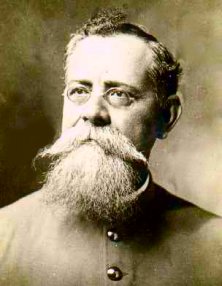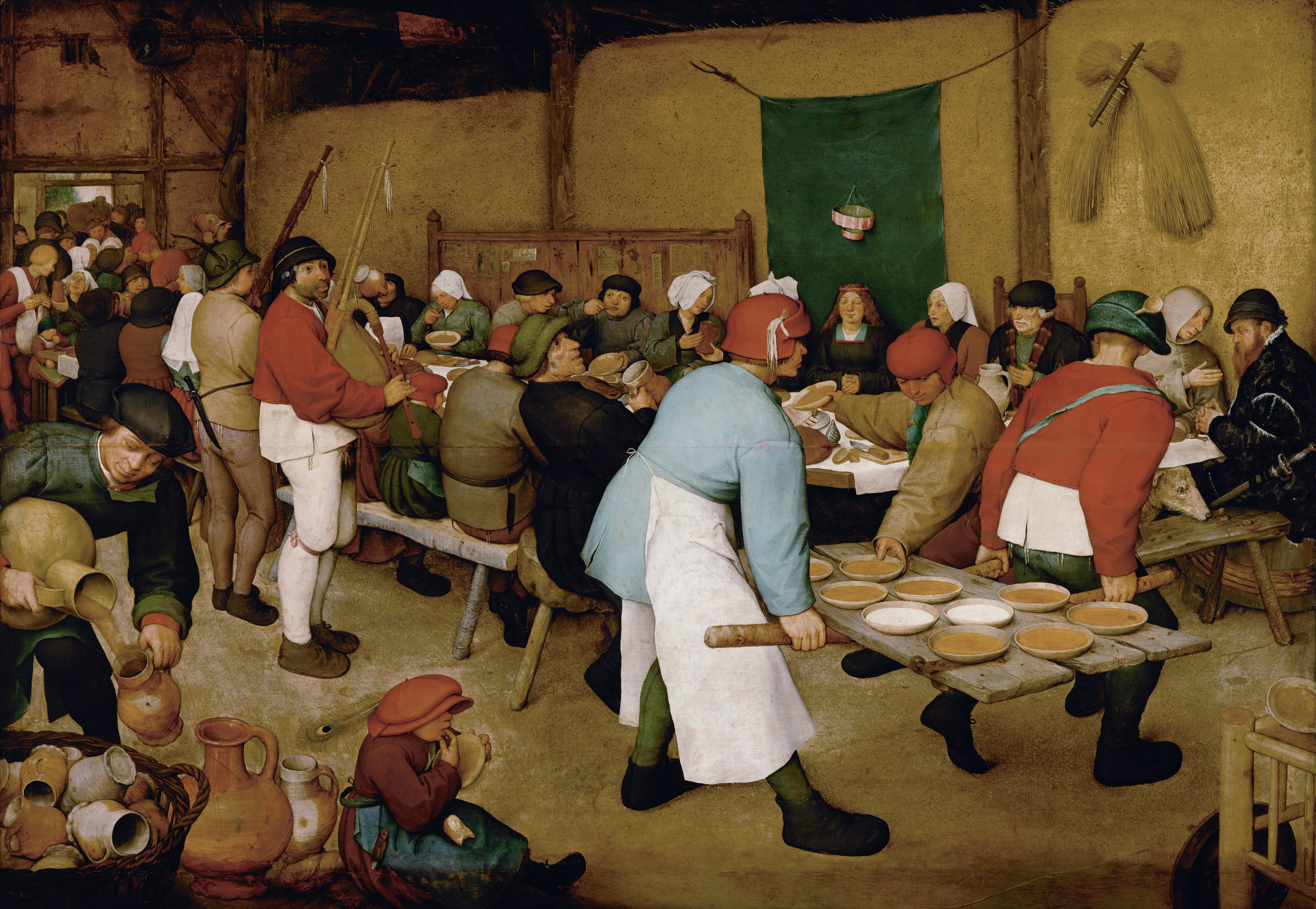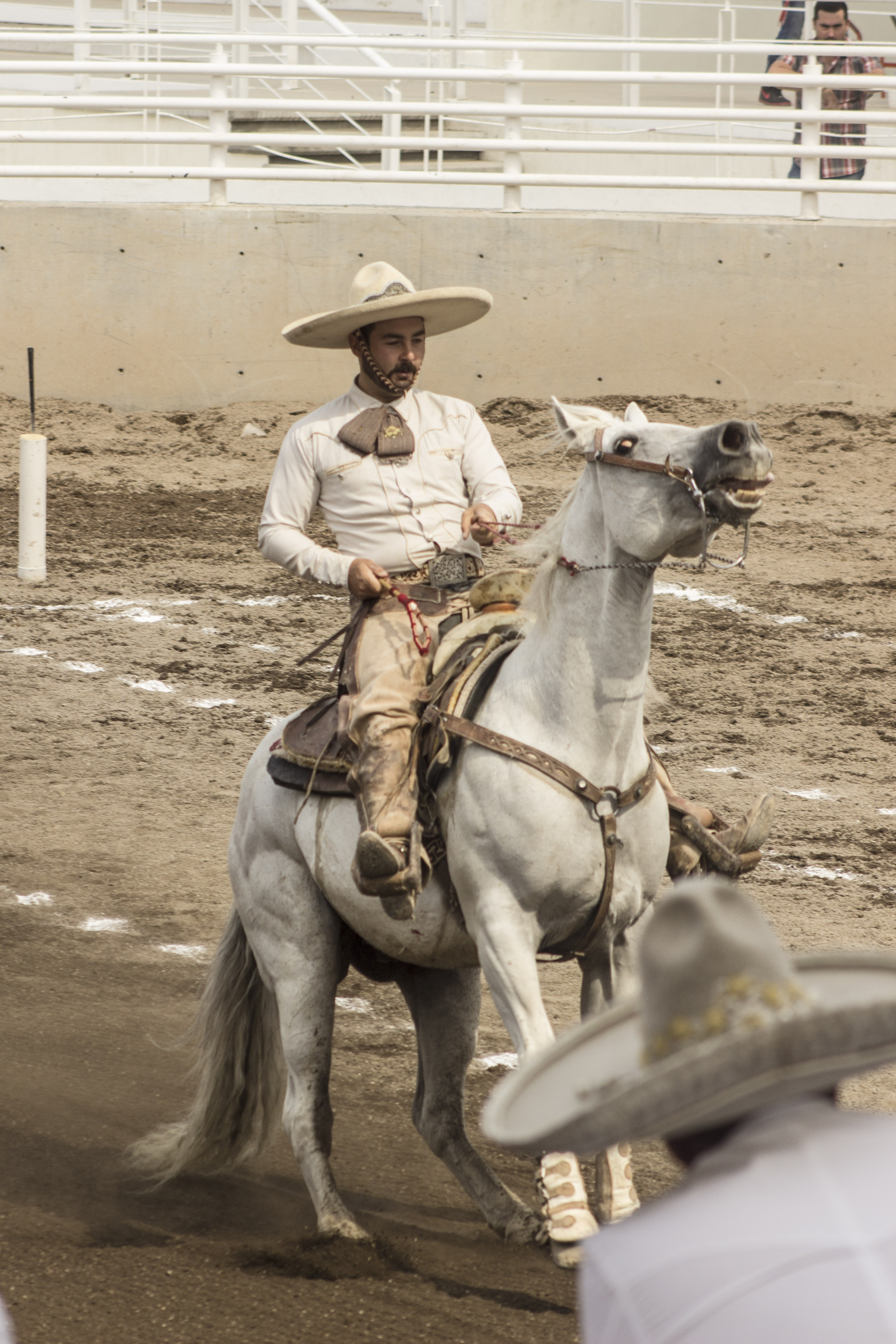|
Huertistas
This is a list of factions in the Mexican Revolution. Carrancistas Revolutionary followers of Venustiano Carranza from 1913 to 1914, and thereafter the Government army from 1914 until his death in 1920. In 1915, an insurgent group known as the Seditionistas was formed and supported by the Carrancistas. Constitutionalistas (Constitutionalists) Title first used for all anti-Huerta forces in the north before the 1914 breakaway of Pancho Villa following the defeat of Victoriano Huerta. Venustiano Carranza, the "First Chief" of the Revolution, attracted talented generals to his faction, most especially Álvaro Obregón. Obregón defeated Villa's División del Norte in the Battle of Celaya, ending Villa as a national force. The Constitutionalists were eventually the victorious faction of the Revolution, with Carranza becoming president of Mexico and the Mexican Constitution of 1917, drafted by this winning faction in a constitutional convention at Querétaro, was promulgated. C ... [...More Info...] [...Related Items...] OR: [Wikipedia] [Google] [Baidu] |
Plan Of San Diego
The Plan of San Diego ( es, Plan de San Diego) was drafted in San Diego, Texas, in 1915 by a group of unidentified Mexican and Tejano rebels who hoped to secede Arizona, New Mexico, California, and Texas from the United States. "It is called for a general uprising, scheduled for February 20, 1915, and the assassination of every non Latin male over 16 years of age-the strike are to include all of South Texas. Germans were excluded from the killings, and shortly thereafter the infamous Zimmermann Note disclosed German efforts to involve Mexico and American in war, thereby diverting American aid to the allies. The San Diego Plan was part of the plot, which collapsed immediately on discovery". (Source: Syers, Ed, Backroads of Texas, 1914, Copyright 1979). The goal of the plan is debated. The plan stated a supposed "attempt to overthrow the government in the Southern United States." However, some theories state that the true goal of the plan was to create the conditions to force th ... [...More Info...] [...Related Items...] OR: [Wikipedia] [Google] [Baidu] |
Victoriano Huerta
José Victoriano Huerta Márquez (; 22 December 1854 – 13 January 1916) was a general in the Mexican Federal Army and 39th President of Mexico, who came to power by coup against the democratically elected government of Francisco I. Madero with the aid of other Mexican generals and the U.S. Ambassador to Mexico. His violent seizure of power set off a new wave of armed conflict in the Mexican Revolution. After a military career under President Porfirio Díaz and Interim President Francisco León de la Barra, Huerta became a high-ranking officer during the presidency of Madero during the first phase of the Mexican Revolution (1911–13). In February 1913 Huerta joined a conspiracy against Madero, who entrusted him to control a revolt in Mexico City. The Ten Tragic Days – actually fifteen days – saw the forced resignation of Madero and his vice president and their murders. The coup was backed by the nascent German Empire as well as the United States under the Taft administrati ... [...More Info...] [...Related Items...] OR: [Wikipedia] [Google] [Baidu] |
Venustiano Carranza
José Venustiano Carranza de la Garza (; 29 December 1859 – 21 May 1920) was a Mexican wealthy land owner and politician who was Governor of Coahuila when the constitutionally elected president Francisco I. Madero was overthrown in a February 1913 right-wing military coup. Known as the ''Primer Jefe'' or "First Chief" of the Constitutionalist faction in the Mexican Revolution, Carranza was a shrewd civilian politician. He supported Madero's challenge to the Díaz regime in the 1910 elections, but became a critic of Madero once Díaz was overthrown in May 1911. Madero did appoint him the governor of Coahuila. When Madero was murdered during the February 1913 counter-revolutionary coup, Carranza drew up the Plan of Guadalupe, a purely political plan to oust Madero's usurper, General Victoriano Huerta. As a sitting governor when Madero was overthrown, Carranza held legitimate power and he became the leader of the northern coalition opposed to Huerta. The Constitutionalist facti ... [...More Info...] [...Related Items...] OR: [Wikipedia] [Google] [Baidu] |
Petite Bourgeoisie
''Petite bourgeoisie'' (, literally 'small bourgeoisie'; also anglicised as petty bourgeoisie) is a French term that refers to a social class composed of semi-autonomous peasants and small-scale merchants whose politico-economic ideological stance in times of socioeconomic stability is determined by reflecting that of a ''haute bourgeoisie'' ('high' bourgeoisie) with which the ''petite bourgeoisie'' seeks to identify itself and whose bourgeois morality it strives to imitate. The term is politico-economic and references historical materialism. It originally denoted a sub-stratum of the middle classes in the 18th and early-19th centuries. In the mid-19th century, the German economist Karl Marx and other Marxist theorists used the term ''petite bourgeoisie'' to identify the socio-economic stratum of the bourgeoisie that consists of small shopkeepers and self-employed artisans. Definition The ''petite bourgeoisie'' is economically distinct from the proletariat and the ''Lumpen ... [...More Info...] [...Related Items...] OR: [Wikipedia] [Google] [Baidu] |
Ranchos Of California
The Spanish and Mexican governments made many concessions and land grants in Alta California (now known as California) and Baja California from 1775 to 1846. The Spanish Concessions of land were made to retired soldiers as an inducement for them to remain in the frontier. These Concessions reverted to the Spanish crown upon the death of the recipient. The Mexican government later encouraged settlement by issuing much larger land grants to both native-born and naturalized Mexican citizens. The grants were usually two or more square leagues, or in size. Unlike Spanish Concessions, Mexican land grants provided permanent, unencumbered ownership rights. Most ranchos granted by Mexico were located along the California coast around San Francisco Bay, inland along the Sacramento River, and within the San Joaquin Valley. When the government secularized the Mission churches in 1833, they required that land be set aside for each Neophyte family. But the Native Americans were quickly ... [...More Info...] [...Related Items...] OR: [Wikipedia] [Google] [Baidu] |
Caudillo
A ''caudillo'' ( , ; osp, cabdillo, from Latin , diminutive of ''caput'' "head") is a type of personalist leader wielding military and political power. There is no precise definition of ''caudillo'', which is often used interchangeably with "warlord" and "strongman". The term is historically associated with Spain, and with Hispanic America after virtually all of the region won independence in the early nineteenth century. The roots of ''caudillismo'' may be tied to the framework of rule in medieval and early modern Spain during the Reconquest from the Moors. Spanish conquistadors such as Hernán Cortés and Francisco Pizarro exhibit characteristics of the ''caudillo'', being successful military leaders, having mutual reliance of the leader and their supporters, and rewarding them for their loyalty.Hamill, Hugh M. (1996) "Caudillismo, Caudillo" in ''Encyclopedia of Latin American History and Culture''. New York: Charles Scribner's Sons. Vol. 2, pp. 38–39. During the colonia ... [...More Info...] [...Related Items...] OR: [Wikipedia] [Google] [Baidu] |
Charro
Charro has several meanings, but it generally refers to Mexican horse riders, who maintain traditional dress, such as some form of sombrero, which in Mexican Spanish are called ''sombrero de charro'' (a charro's hat). The charros could also be thought of as old Mexican cowboys who dress like such, although more modern dress is now seen on those who still work the ranches (''rancheros''). See also, '' vaquero''. Also old Mexican outlaws, bandits, revolutionaries, bounty hunters, and gunmen who wore similar dress are also called ''charro''. The traditional ''charro'' competition '' charreada'' (similar to a rodeo) has become the official sport of Mexico and maintains traditional rules and regulations in effect from colonial times up to the Mexican Revolution. Etymology The word ''charro'' (syn. ''charrar, charra'') is first documented in Spain in the book “Vocabulario de refranes y frases proverbiales” published in 1627 by Gonzalo Correas as a synonym of dumb or stupid p ... [...More Info...] [...Related Items...] OR: [Wikipedia] [Google] [Baidu] |
Vaquero
The ''vaquero'' (; pt, vaqueiro, , ) is a horse-mounted livestock herder of a tradition that has its roots in the Iberian Peninsula and extensively developed in Mexico from a methodology brought to Latin America from Spain. The vaquero became the foundation for the North American cowboy. The ''vaqueros'' of the Americas were the horsemen and cattle herders of New Spain, who first came to California with the Jesuit priest Eusebio Kino in 1687, and later with expeditions in 1769 and the Juan Bautista de Anza expedition in 1774. They were the first cowboys in the region. In Alberta, Northern Mexico, and the Southwestern United States, especially in Texas the remnants of major and distinct ''vaquero'' traditions remain, most popular today as the Californio, Neomexicano, and Tejano traditions. In Central and South America, there are similar, related traditions. The cowboys of the Great Basin still use the term " buckaroo", which may be a corruption of ''vaquero'', to describe themse ... [...More Info...] [...Related Items...] OR: [Wikipedia] [Google] [Baidu] |
Bernardo Reyes
Bernardo Doroteo Reyes Ogazón (30 August 1850 – 9 February 1913) was a Mexican general and politician, with aspirations to be President of Mexico. He died in a coup d'état against President Francisco I. Madero. Born in a prominent liberal family in the western state of Jalisco, he served in the army, rising to the rank of general. Like his political patron, General and then President Porfirio Díaz, Reyes was a military man who became an able administrator. Reyes was one of the state governors that Díaz appointed, serving as governor of the northern state of Nuevo León. He implemented Porfirian policy, particularly eliminating political rivals, but also building his own power base. He helped in the modernization of that state, enabling local industrialization, improving public education and health, and supporting improvements in the lives of workers. While governor of Nuevo León, Reyes approved a workers compensation law. Followers of Reyes were known as ''Reyistas''. ... [...More Info...] [...Related Items...] OR: [Wikipedia] [Google] [Baidu] |
Científico
The ''Científicos'' (Spanish: "scientists" or "those scientifically oriented") were a circle of technocratic advisors to President of Mexico Porfirio Díaz. Steeped in the positivist "scientific politics", they functioned as part of his program of modernization at the start of the 20th century. Leading ''Científicos'' included: * Gabino Barreda (1820–1881), a precursor of the group. A physician and professor of medicine, Barreda studied in Paris under Auguste Comte between 1847 and 1851 and is widely credited with introducing positivism in Mexico. Put in charge of fulfilling the 1857 Constitution's promise of secular public education by the early Juárez government, Barreda organized the National Preparatory School, the first secular school of higher learning in Mexico, which opened in 1868 and became the training ground for many of the younger ''Científicos''. * Manuel Romero Rubio (1828–1895), Secretary of the Interior from 1884 to 1895 was founding member of the grou ... [...More Info...] [...Related Items...] OR: [Wikipedia] [Google] [Baidu] |
Illustrated London News
''The Illustrated London News'' appeared first on Saturday 14 May 1842, as the world's first illustrated weekly news magazine. Founded by Herbert Ingram, it appeared weekly until 1971, then less frequently thereafter, and ceased publication in 2003. The company continues today as Illustrated London News Ltd, a publishing, content, and digital agency in London, which holds the publication and business archives of the magazine. History 1842–1860: Herbert Ingram ''The Illustrated London News'' founder Herbert Ingram was born in Boston, Lincolnshire, in 1811, and opened a printing, newsagent, and bookselling business in Nottingham around 1834 in partnership with his brother-in-law, Nathaniel Cooke.Isabel Bailey"Ingram, Herbert (1811–1860)" ''Oxford Dictionary of National Biography'', Oxford University Press, 2004 accessed 17 September 2014] As a newsagent, Ingram was struck by the reliable increase in newspaper sales when they featured pictures and shocking stories. Ingram beg ... [...More Info...] [...Related Items...] OR: [Wikipedia] [Google] [Baidu] |
Pascual Orozco
Pascual Orozco Vázquez, Jr. (in contemporary documents, sometimes spelled "Oroszco") (28 January 1882 – 30 August 1915) was a Mexican revolutionary leader who rose up to support Francisco I. Madero in late 1910 to depose long-time president Porfirio Díaz (1876-1911). Orozco was a natural military leader whose victory over the Federal Army at Ciudad Juárez was a key factor in forcing Díaz to resign in May 1911. Following Díaz's resignation and the democratic election of Madero in November 1911, Orozco served Madero as leader of the state militia in Chihuahua, a paltry reward for his service in the Mexican Revolution. Orozco revolted against the Madero government 16 months later, issuing the Plan Orozquista in March 1912. It was a serious revolt which the Federal Army struggled to suppress. When Victoriano Huerta led a coup d'état against Madero in February 1913 during which Madero was murdered, Orozco joined the Huerta regime. Orozco's revolt against Madero somewhat ... [...More Info...] [...Related Items...] OR: [Wikipedia] [Google] [Baidu] |









